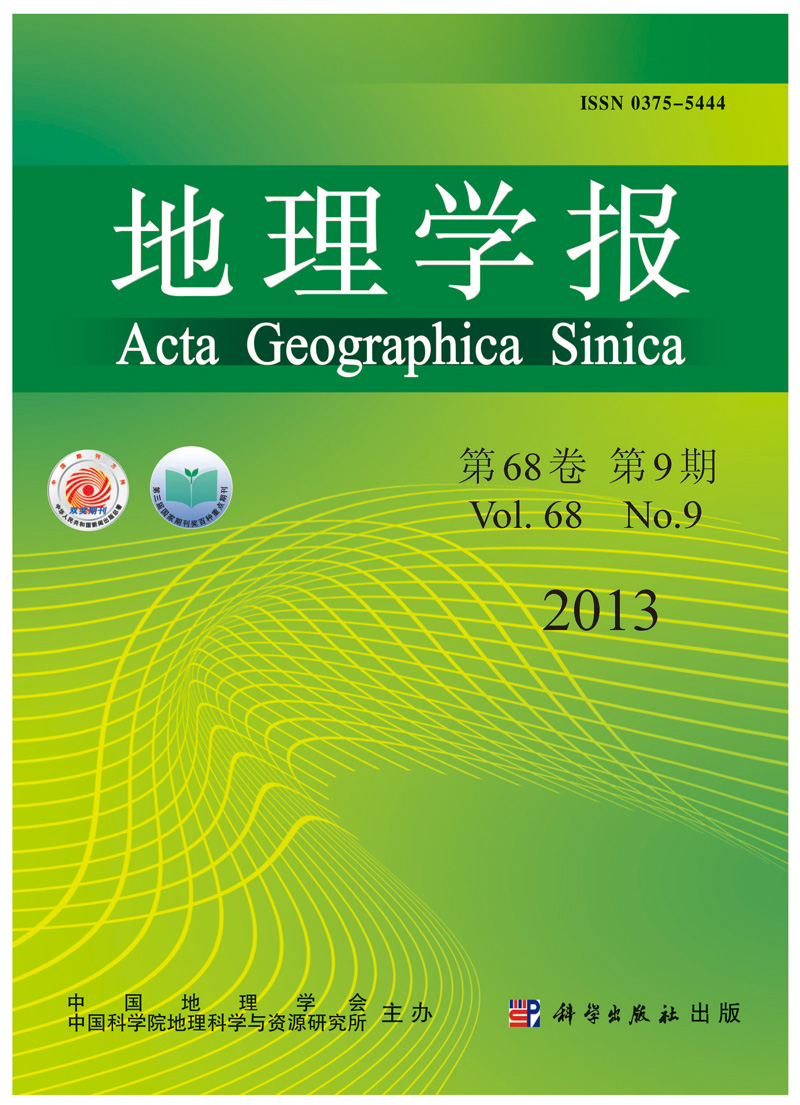ZHANG Yili, QI Wei, ZHOU Caiping, DING Mingjun, LIU Linshan, GAO Jungang, BAI Wanqi, WANG Zhaofeng, ZHENG Du
Using NOAA AVHRR NDVI data (8 km spatial resolution) from 1982-2000, as well as SPOT VGT data (1 km spatial resolution) and observation data from 1998-2009, the CASA model was applied to analyze the spatial-temporal characteristics of alpine grassland NPP change on the Tibetan Plateau (TP). This study will help to evaluate the health status of the alpine grassland ecosystem and is of great importance to studies on sustainable development of pasture on the plateau, as well as to research on the national ecological security shelter function of the Tibetan Plateau. Spatial statistical analysis is carried out based on physio-geographical zonality (natural zone, altitude, latitude and longitude), river basin, and administrative areas at a county level. Data processing was completed on an ENVI 4.8 platform while spatial analysis and mapping were completed on an ArcGIS 9.3 and ANUSPLINE platform. The analysis of the spatial-temporal pattern and change in characteristics of alpine grassland NPP showed that: (1) the alpine grassland NPP gradually decreased from southeast to northwest on the TP, which corresponded with the gradients of precipitation and temperature. The average annual total NPP in alpine grassland on the TP is 177.2×1012 gC·yr-1, and the average annual NPP is 120.8 gC·m-2yr-1, from 1982 to 2009. (2) The annual alpine grassland NPP on the TP has a fluctuating and increasing tendency, ranging from 114.7 gC·m-2yr-1 in 1982, to 129.9 gC·m-2yr-1 in 2009, with a 13.3% increase; the alpine grassland showing a significantly increasing tendency of NPP is above 32% of the total, while the alpine grassland that shows a remarkably decreased tendency of NPP is 5.55%. (3) A notable change of annual NPP existed in alpine grassland: (a) NPP increased in most of the natural zones on the TP, and showed a slightly decreasing trend, except for the Ngari montane desert-steppe and desert zone, where the increasing tendency of NPP was stronger in a high-cold shrub-meadow zone, high-cold meadow steppe zone and high-cold steppe zone, than that in the high-cold desert zone; (b) The vertical variations in annual NPP are significantly different, including an "increasing-steady-decreasing" trend in area percentage with a significant increase and a "decreasing-steady-increasing" trend with a significant decrease, as altitude rises; (c) The variations of annual NPP in latitude and longitude have a relationship with the vegetation distribution. The variations in annual NPP in basins present a growing tendency, with the Yellow River Basin being the most remarkable. The relationship between NPP and vegetation coverage suggests that there was a benign trend in the quality of alpine meadow ecosystem and significant regional differences on the TP.
